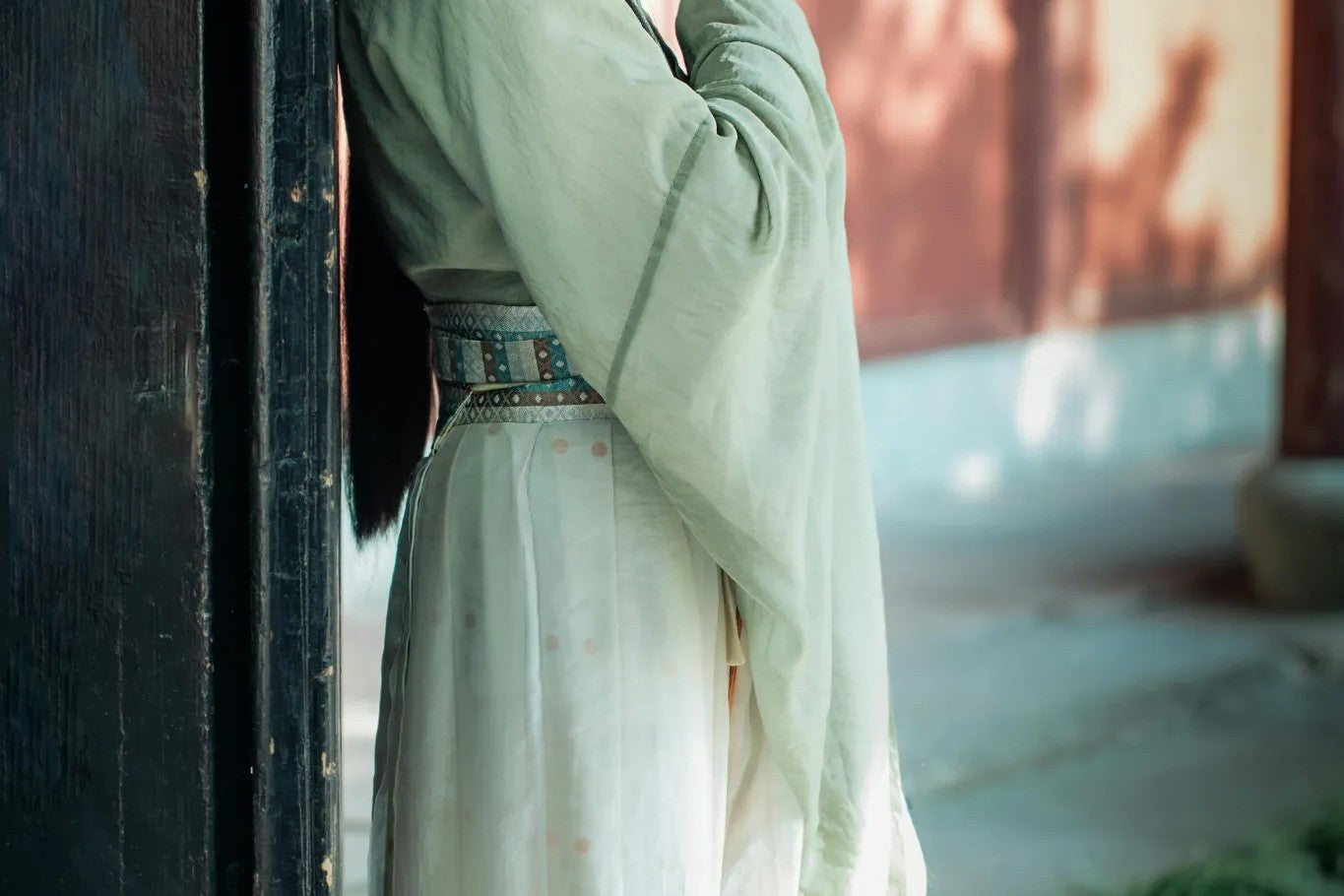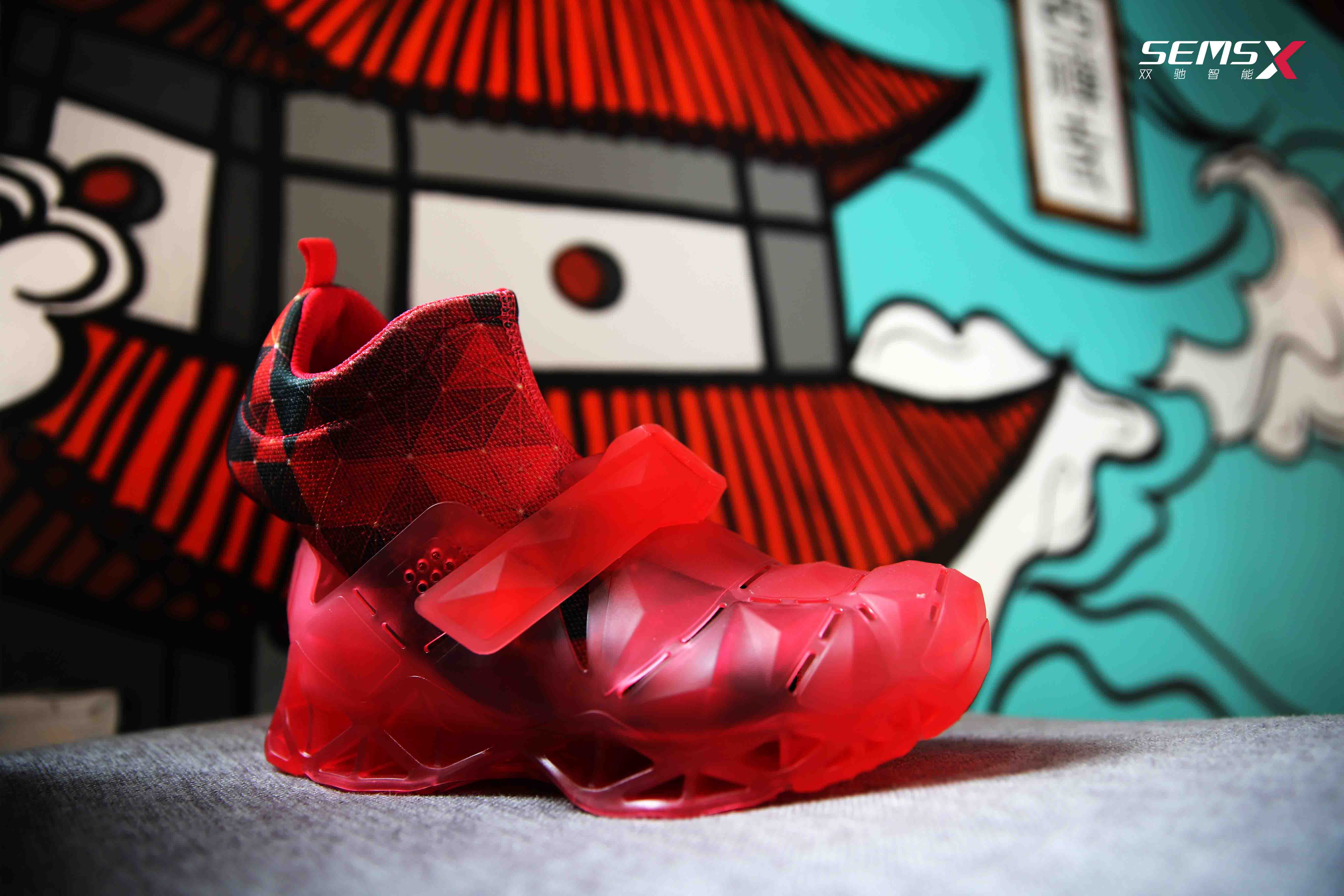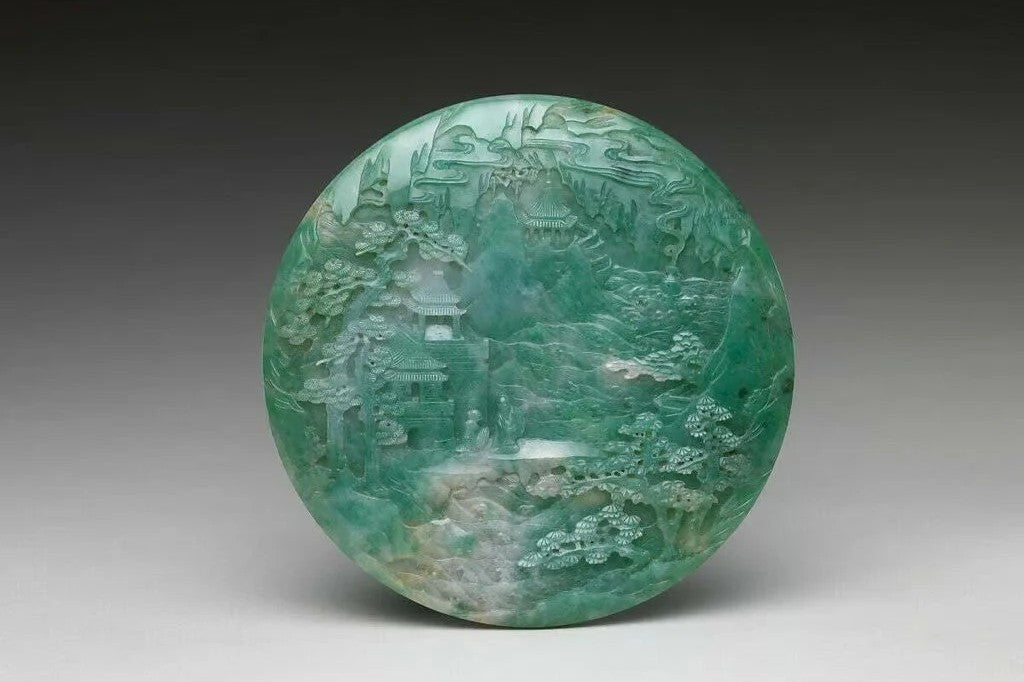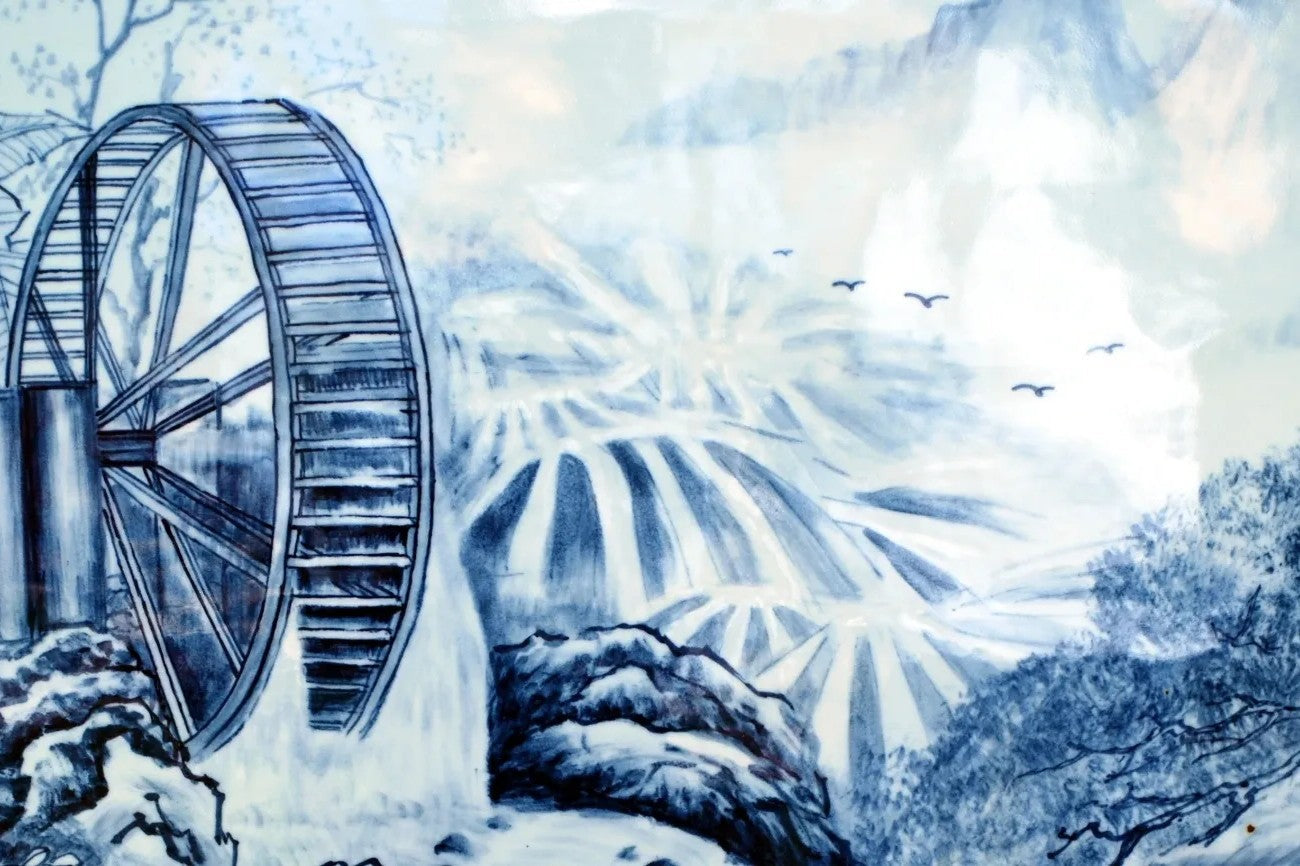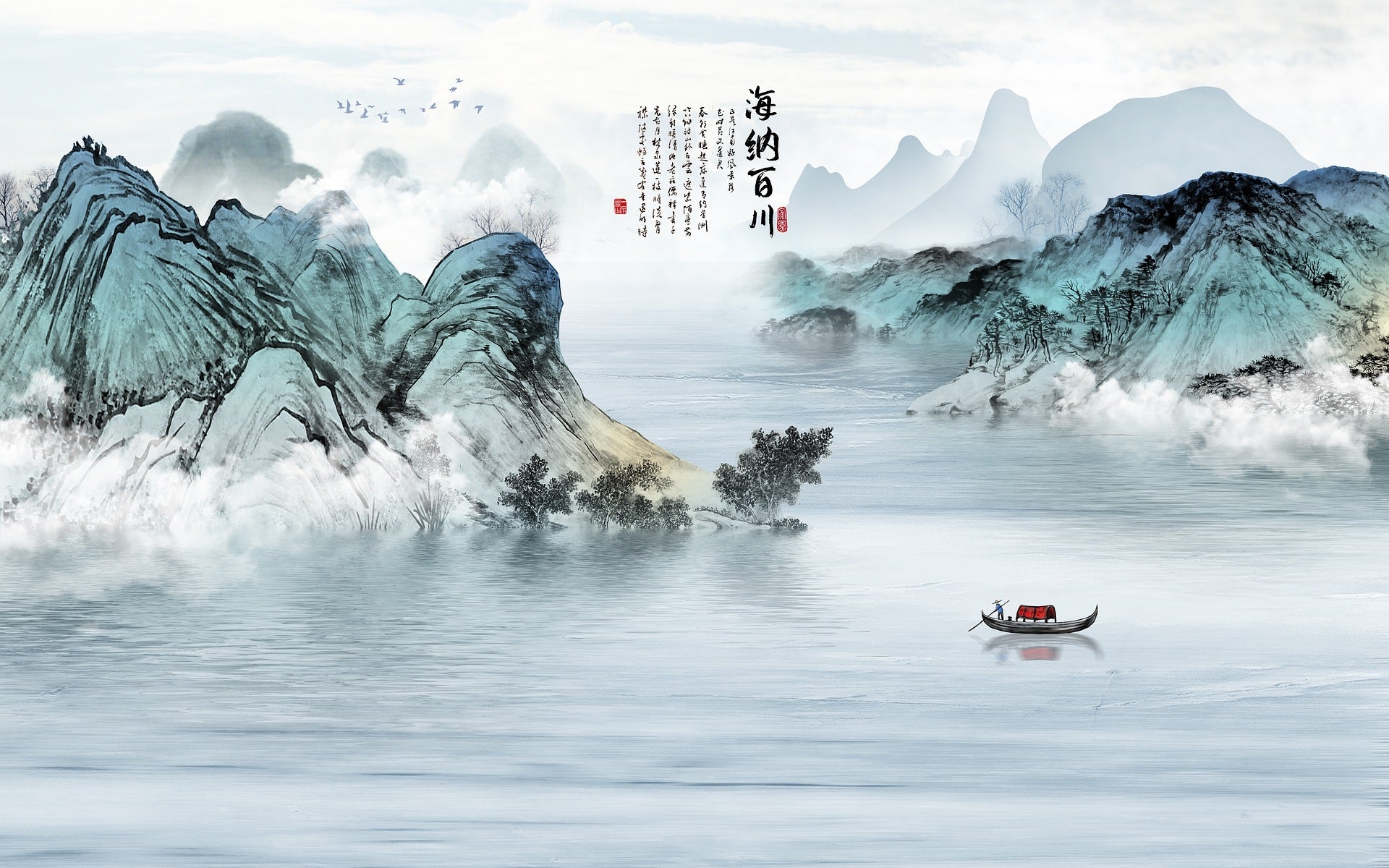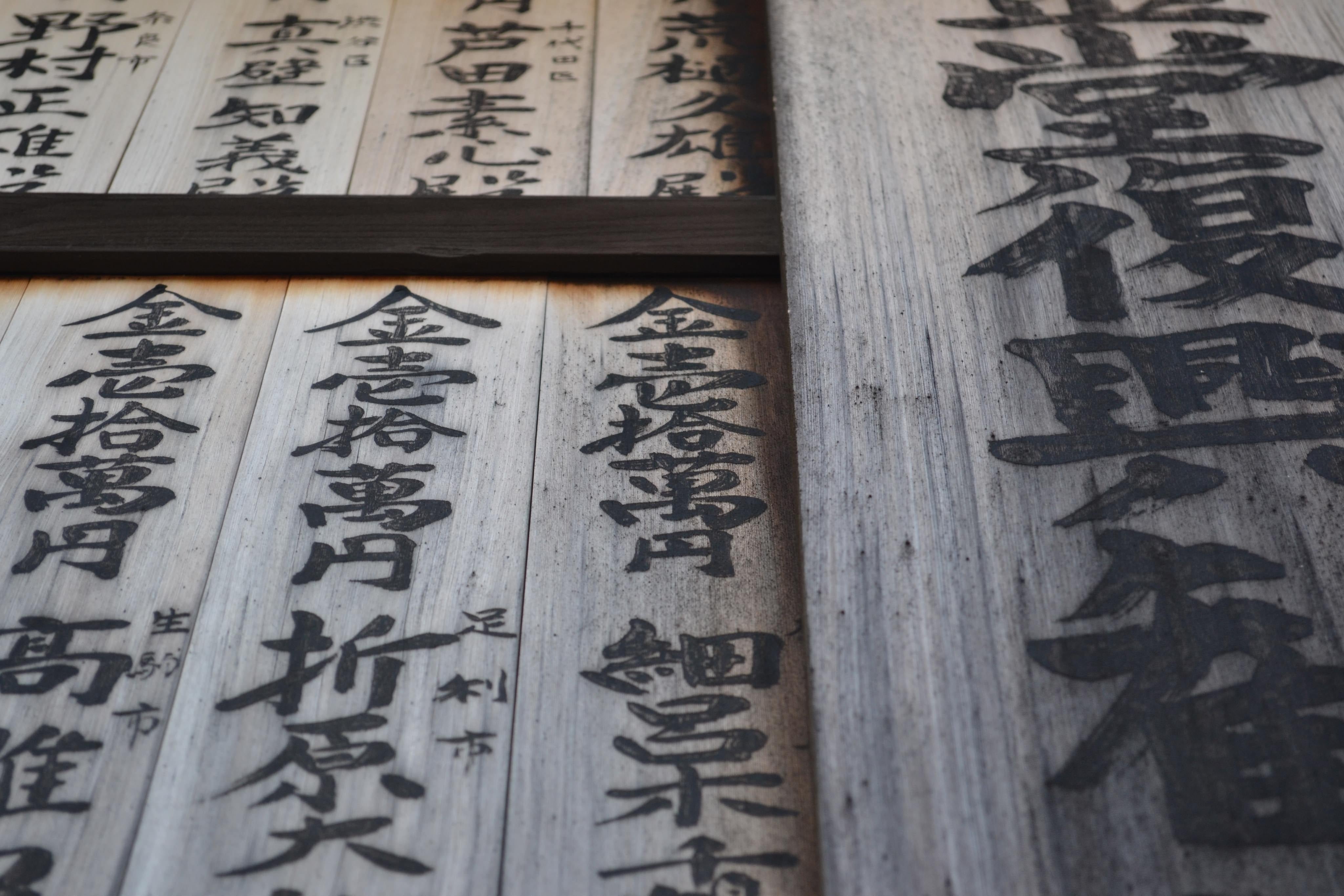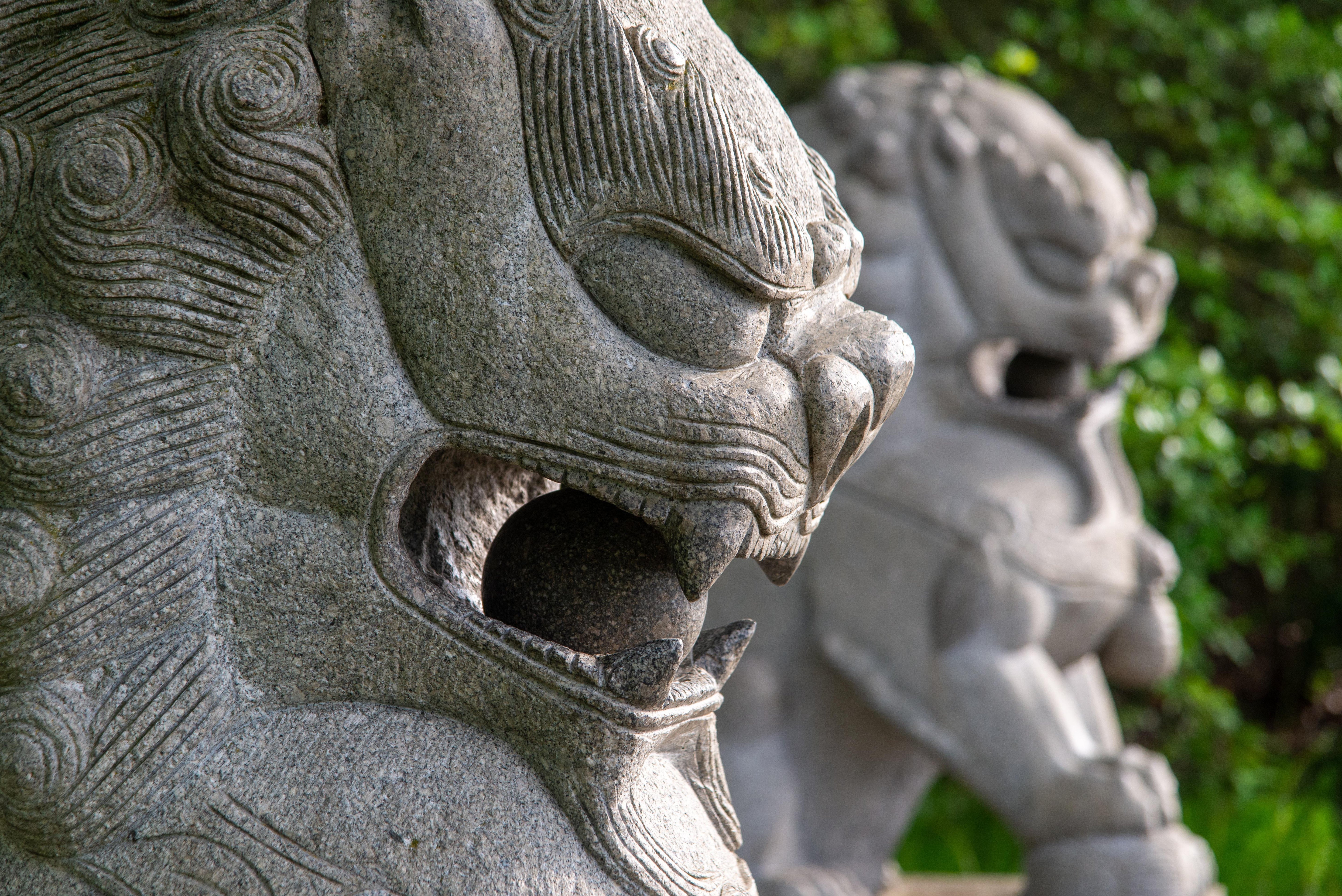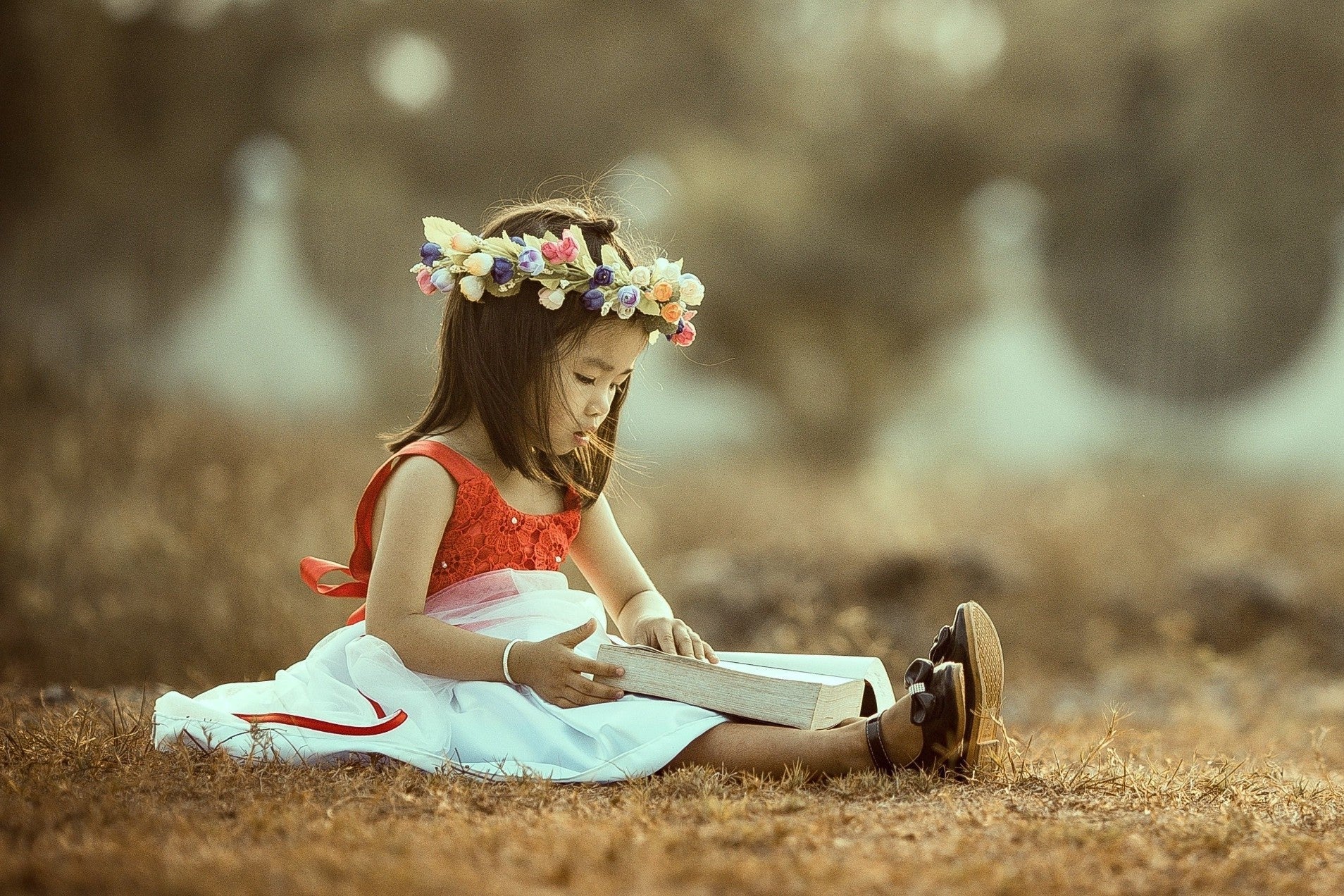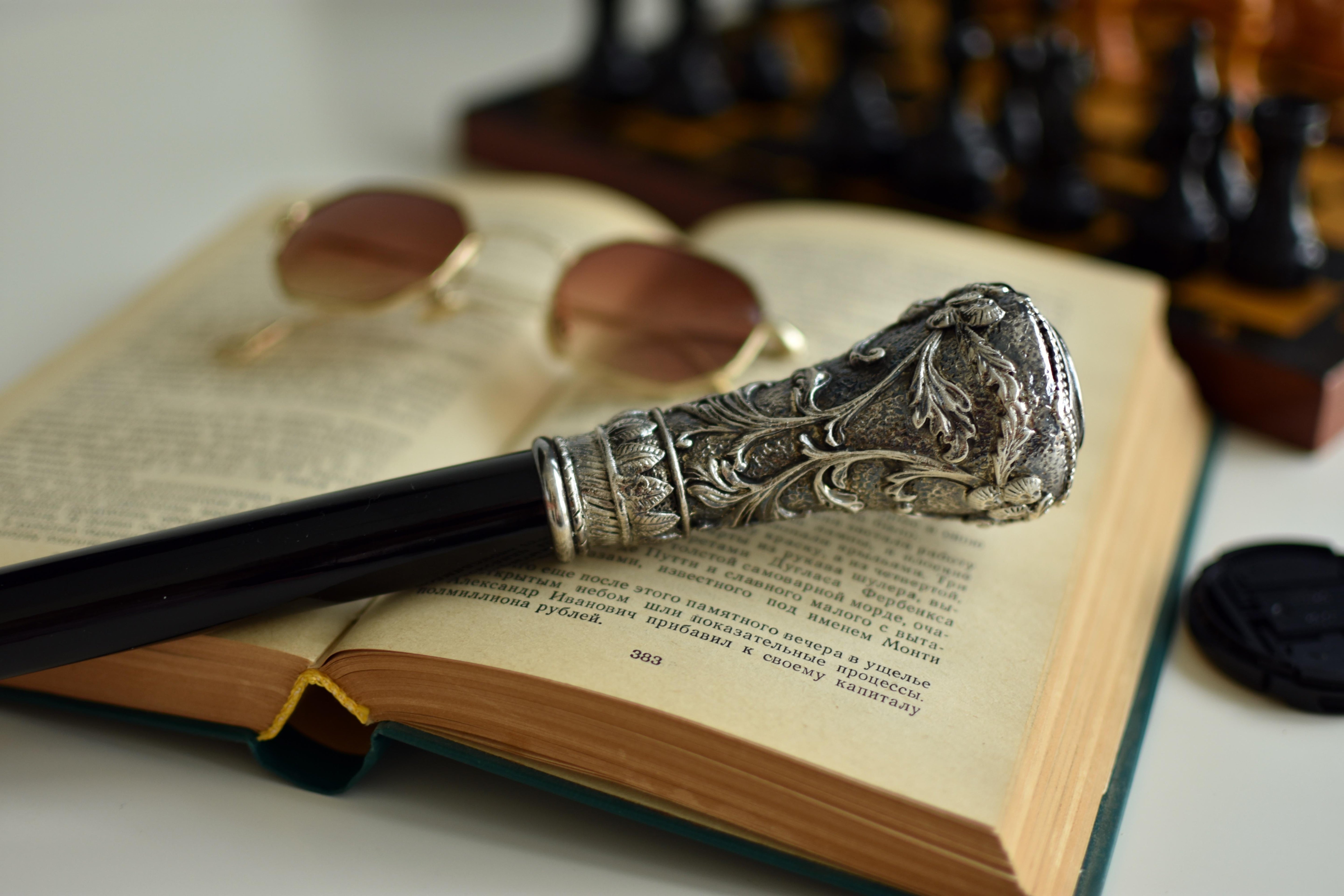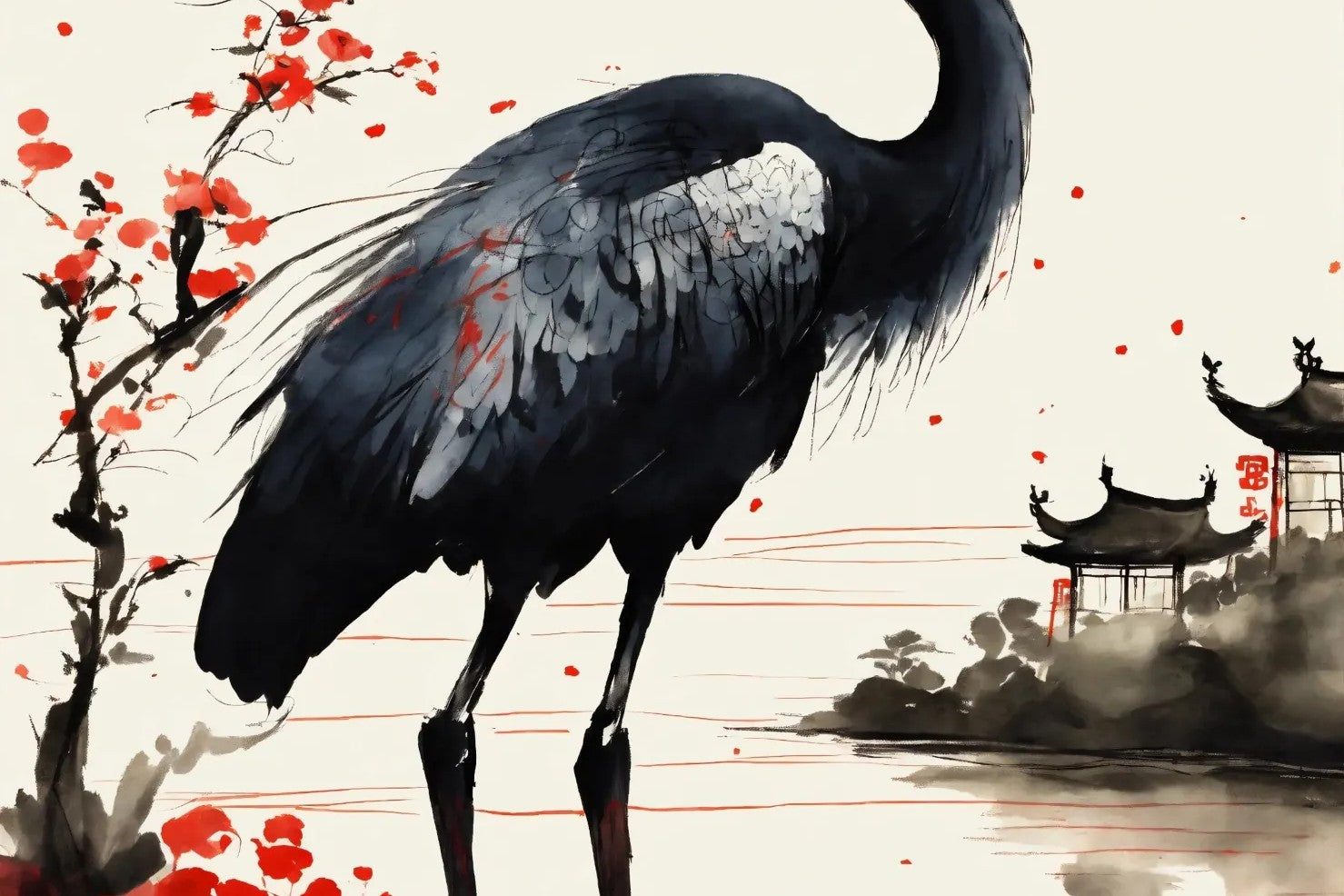
Animal Painting
Animal Painting is a genre in Chinese painting that emphasizes the portrayal of animals, capturing not only their external form but also their spirit. In Chinese art, animals often carry symbolic meanings, representing virtues such as strength, loyalty, and vitality.
Artistic Characteristics
- Symbolism: Animals in Chinese painting often have symbolic meanings. For instance, the tiger represents courage and power, the horse symbolizes success and speed, and the fish stands for abundance and prosperity.
- Dynamic Expression: The goal is not only to depict the animal’s appearance but also its essence—its energy, spirit, and movement.
- Brushwork and Technique: Artists employ both fine and bold brushwork to depict the textures of fur, feathers, or skin, as well as to capture the fluidity of the animal’s movements.
Types
- Traditional Animal Painting: Depicts animals like horses, tigers, lions, and birds, often in historical or symbolic contexts.
- Modern Animal Painting: Combines traditional techniques with contemporary approaches, blending realism and abstraction to convey the deeper relationship between humans and animals.
Cultural Significance
In Chinese culture, animal paintings are more than artistic representations; they reflect the bond between humans and nature, emphasizing symbolic meanings that represent qualities like strength, good fortune, and harmony. Through these paintings, artists convey not only the beauty of the natural world but also moral and philosophical reflections rooted in Chinese traditions.
